Self skin checks play a vital role in the early detection and treatment of skin cancer.
Depending on your risk factor for skin cancer, you should aim to conduct your own at-home skin checks between twice and 12-times per year. Inspecting your skin regularly in this way will help you notice changes to your skin more quickly and may well save your life.
What you’ll need for a self-skin check:
To conduct a self-skin check, you will need:
- A well lit room
- A full length mirror
- A hand mirror; and
- A camera
You may also find it helpful to have a friend or family member assist with the hard to see places.
What to look for when it comes to skin cancer:
As you go over your skin from head to toe, you should be on the lookout for:
- Spots that are changing in size, colour or shape
- New skin spots, especially if they stand out or look different from your others
- Sores that won’t heal in a few weeks
You can learn more about identifying the different types of skin cancer here.
How to perform a skin cancer check:
- Take a hot shower before you start your skin check as most skin cancers are easier to spot when the skin is warm.
- Start by examaning your face, especially your nose, lips and ears
- Inspect your scalp, sectioning your hair using your fingers or a blow dryer to ensure you see everything
- Check your hands, including palms, backs of your hand, between the fingers and under the nails
- Scan your arms from wrist to shoulder, being sure to include the underarms and all sides
- Check your neck chest and torse, remember the hard to see places like under your breasts and in your bellybutton
- Scan the back of your neck, torso and buttocks
- Finally inspect your legs and feet, including your genitals, all sides of your legs from thighs to ankles, between your toes, and the soles of your feet.
If you find any spots that are of concern, take a photo of them or record the details of their appearance so that you can refer back to this later.
It’s also very important that if you do find a mole, spot or wound you think may be cancerous, that you seek the advice of an accredited skin cancer specialist for proper diagnosis and treatment immediately.
At Skin Repair Skin Cancer Clinic our purpose is to ease the burden of skin cancers for North Queenslanders and help prevent loss of life to melanoma.

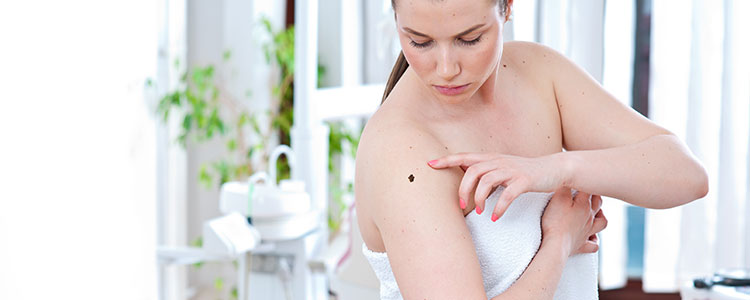
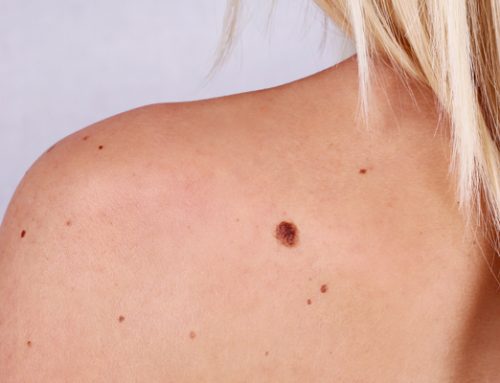
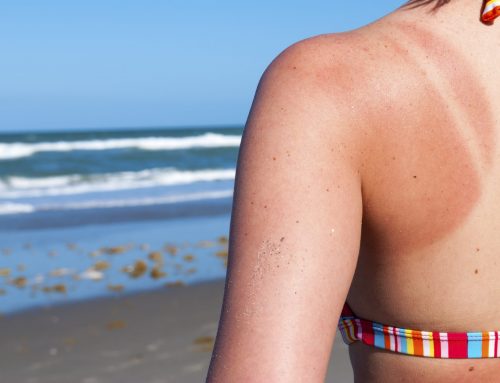
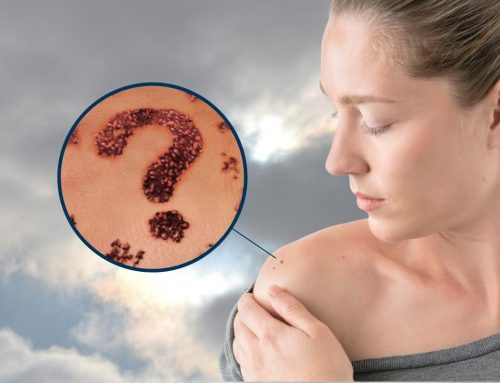
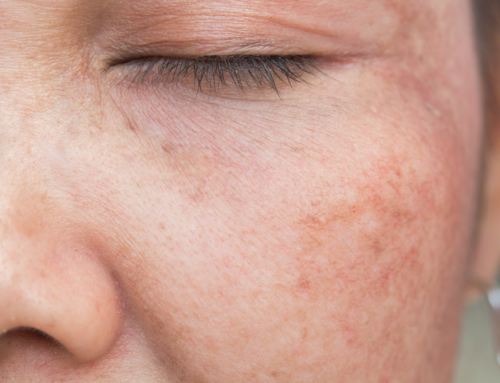
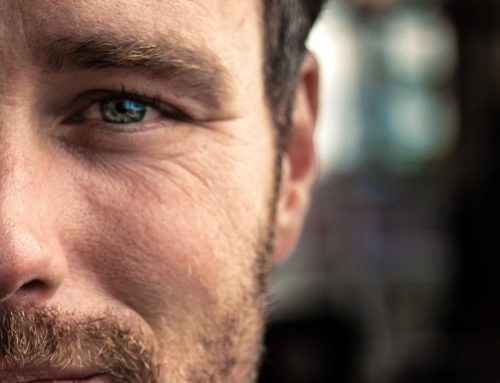
Leave A Comment
You must be logged in to post a comment.